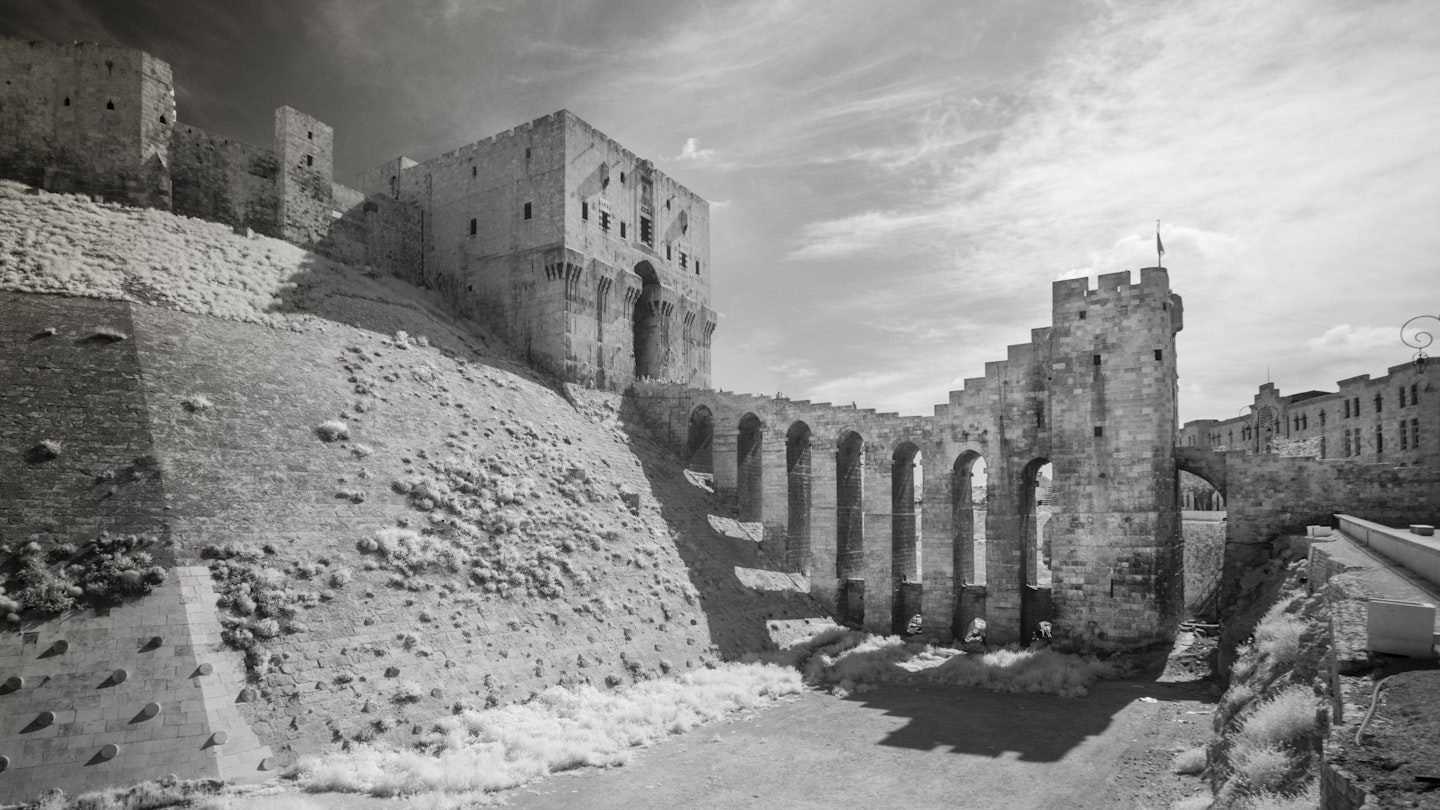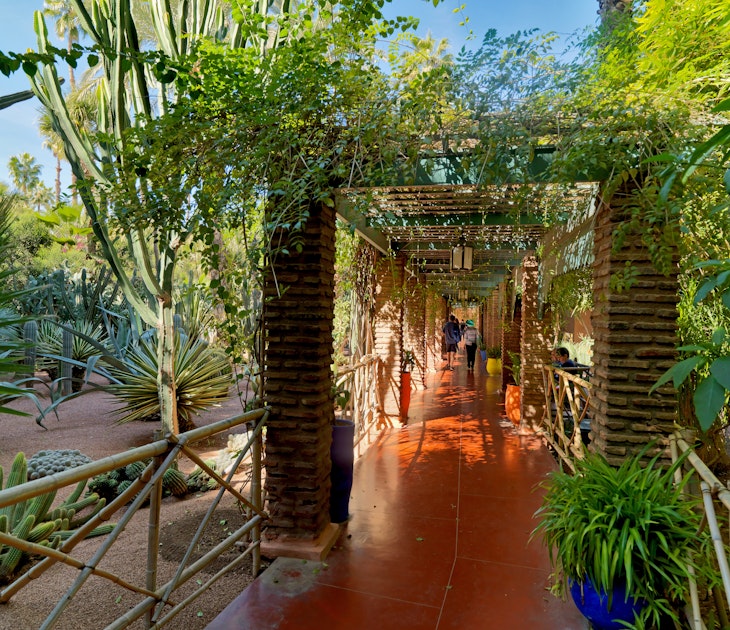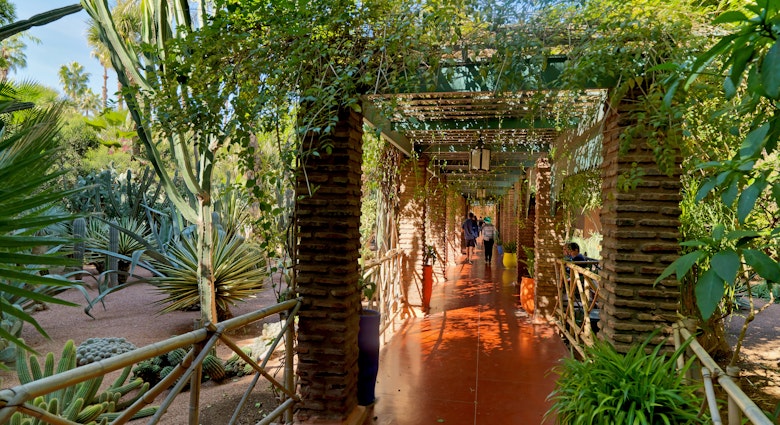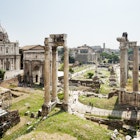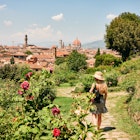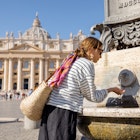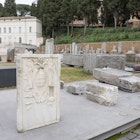In 2009, two years before civil war erupted in Syria, architectural photographer Peter Aaron took a trip there with his wife and two teenage daughters. Armed with a digital camera converted to capture only infrared light (which darkens blue skies, lightens foliage and enhances the texture of stone), he captured stunning shots of a range of ancient sites in places like Palmyra, Aleppo and Damascus. With much of the country’s historical architecture now destroyed, the project acts as a pertinent and significant documentation of Syria’s history and culture, and an exhibition of the work has just gone on show as part of the Venice Architecture Biennale 2018.

Called Syria Before the Deluge, the exhibition is open until 25 November and presents 40 infrared black and white individual pieces. Inspired to visit Syria after reading a book about the country’s history, Peter spent two and a half weeks there in total, travelling with a guide.

Although he approached the trip with great interest as a photographer, Peter was unaware of the significance of the images that he was capturing at the time. “The photographs had little importance until the rebellion began. Then to my horror, the monuments began to disappear and the pictures called out to be displayed for the world to see what was lost. They grew in importance as the war proceeded. Had I known, I would have stayed much longer to make more infrared images. What was essentially a vacation became my most important professional assignment,” Peter told Lonely Planet Travel News.

Visiting sites such as the crusader castle Krak des Chevaliers and the remains of the ancient city of Ugarit near Latakia, Peter said that Syria’s history proved to be rich and diverse. Likening Damascus to Rome and Palmyra to Petra in terms of their archaeological and architectural interest, the photographer is now aware of how important it is for the world to be able to see how it once was. “Most of us have no idea of the cultural riches there….and most of us will never have the opportunity to go, at least not for the foreseeable future,” Peter said.

Peter also took the chance to document daily life in Syria, taking images of streets scenes, restaurants and markets. Discovering beauty in the people as well as the history, Peter’s experience as a foreigner in Syria was an overwhelmingly positive one. “The Syrians were proud of their heritage and were good guardians of the ancient structures. People were welcoming and curious about us. They were well educated and seemed to get along cross-culturally.”
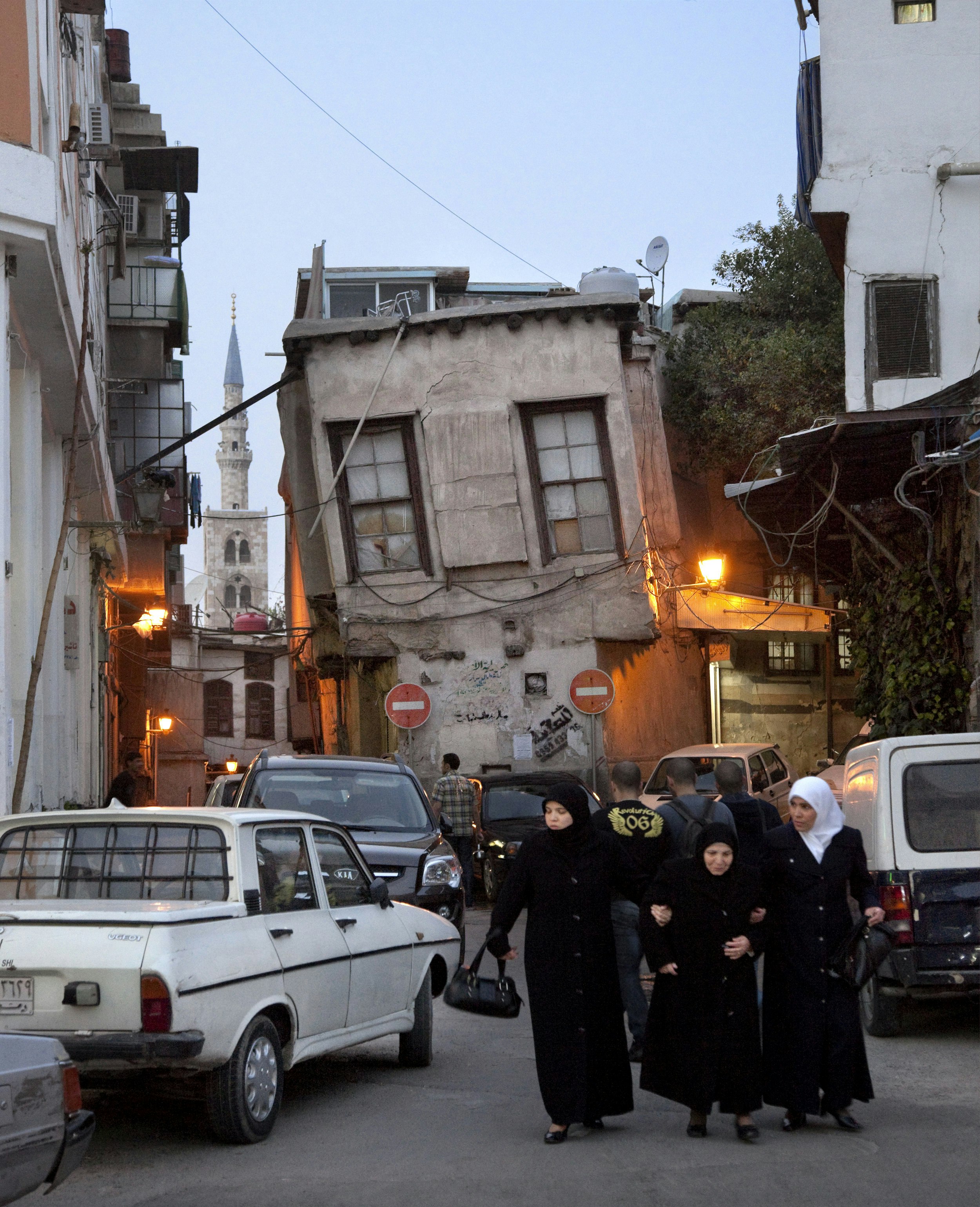
A limited edition 86-page photography book of the exhibition has also been made available.
More information on Peter’s work can be found on his official website.
